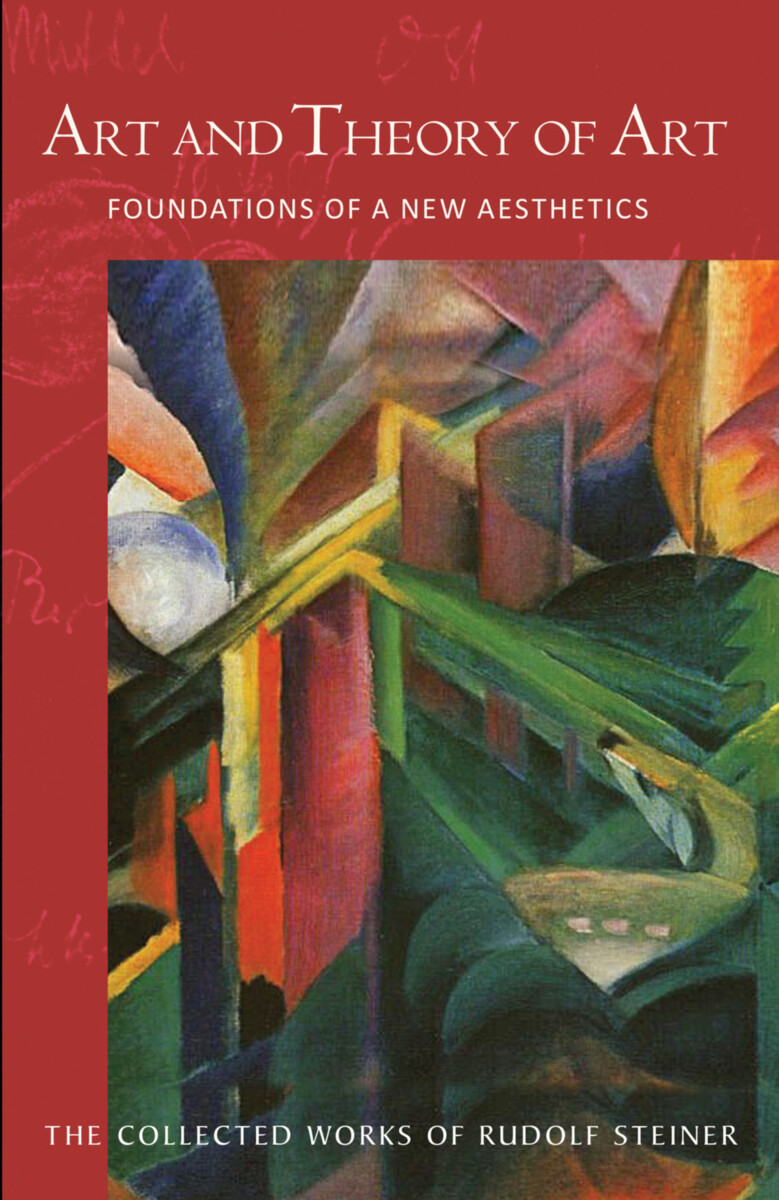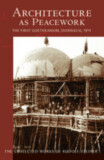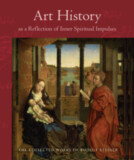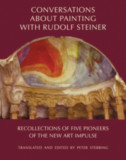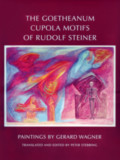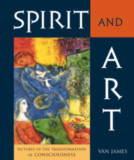Art and Theory of Art
Foundations of a New Aesthetics (CW 271)
- Publisher
SteinerBooks - Published
19th October 2021 - ISBN 9781621481898
- Language English
- Pages 240 pp.
- Size 6" x 9"
An Author’s Summary, 1888
Four Essays Written between 1890 and 1898
Eight Lectures between 1909 and 1921 (CW 271)
“The challenge of saying something about art was personal for Rudolf Steiner. He experienced it as deeply connected with his biography. It is not for nothing that, in the last lecture of this volume, he points to his repeated attempts to develop a new approach and new forms of expression for speaking about art. We find at least three forms of this attempted approach in this book.” —Zvi Szir (from the introduction)
The subject, practice, and vital importance of art was a thread that ran through Rudolf Steiner’s life, from his early work as a scholar of Goethe, through his time as an editor of a literary and arts journal in Berlin in the 1890s, and to his two and a half decades as a spiritual researcher and teacher. Understanding and articulating the significance of art was a perennial challenge for Rudolf Steiner.
This volume of Steiner’s Collected Works is unique in that it showcases a survey of both early written works and later lectures to anthroposophic audiences, and in doing so presents a picture of a lifetime of intensive effort to convey something essential about the arts.
Beginning with his early philosophical work and literary criticism at the end of the nineteenth century and on into his later lectures, this volume follows Steiner’s endeavor to reveal in words the mystery obscured by the vague concept of what “art” is.
Viewed as a whole, this volume forms one of the most provocative collections of the twentieth century on the subject of art. It offers a unique analysis of the origin, foundation, and method of the creative process.
This book is a translation of Kunst und Kunsterkenntnis: Grundlagen einer neuen Ästhetik, 3rd edition, published by Rudolf Steiner Verlag, Dornach, Switzerland, 2010 (GA 271).
C O N T E N T S:
Introduction by Zvi Szir
I. WRITINGS & ESSAYS
Goethe as Father of a New Aesthics
On the Comical and Its Relationship to Art and Life
Beauty and Art
Count Leo Tolstoy: What Is Art?
On Truth and the Illusion of Truth in Works of Art
II. LECTURES
The Being of the Arts
The Sensory–Suprasensory in Its Realization through Art, I & II
The Sources of Artistic Imagination and Suprasensory Knowledge, I & II
Sensory–Suprasensory: Spiritual Knowledge and Artistic Creativity
The Suprasensory Origin of Art
The Psychology of the Arts
Rudolf Steiner’s Collected Works
Significant Events in the Life of Rudolf Steiner
Name Index
Rudolf Steiner
Rudolf Steiner (b. Rudolf Joseph Lorenz Steiner, 1861–1925) was born in the small village of Kraljevec, Austro-Hungarian Empire (now in Croatia), where he grew up. As a young man, he lived in Weimar and Berlin, where he became a well-published scientific, literary, and philosophical scholar, known especially for his work with Goethe’s scientific writings. Steiner termed his spiritual philosophy anthroposophy, meaning “wisdom of the human being.” As an exceptionally developed seer, he based his work on direct knowledge and perception of spiritual dimensions. He initiated a modern, universal “spiritual science” that is accessible to anyone willing to exercise clear and unbiased thinking. From his spiritual investigations, Steiner provided suggestions for the renewal of numerous activities, including education (general and for special needs), agriculture, medicine, economics, architecture, science, philosophy, Christianity, and the arts. There are currently thousands of schools, clinics, farms, and initiatives in other fields that involve practical work based on the principles Steiner developed. His many published works feature his research into the spiritual nature of human beings, the evolution of the world and humanity, and methods for personal development. He wrote some thirty books and delivered more than six thousand lectures throughout much of Europe. In 1924, Steiner founded the General Anthroposophical Society, which today has branches around the world.


